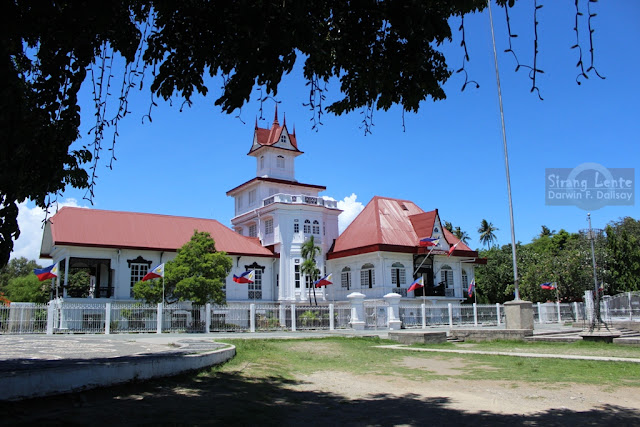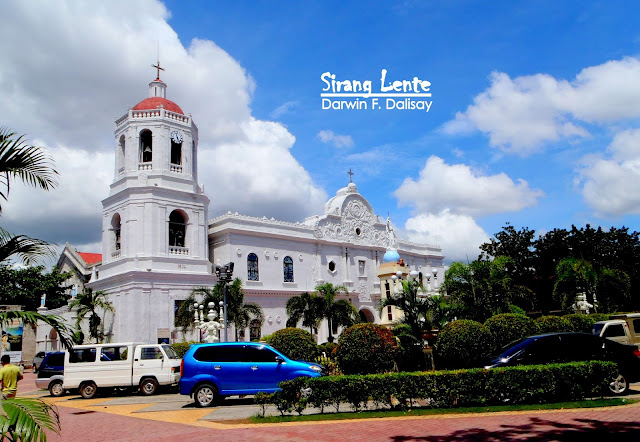
Jump to: About Potipot Island | How to Get There | What to Do | Where to Stay | Travel Tips | Sample Itinerary | Estimated Budget
About Potipot Island
Potipot Island is a small, uninhabited island off the coast of Candelaria, Zambales. Known for its powdery white sand, crystal-clear waters, and peaceful atmosphere, it’s a perfect weekend escape for those looking to relax away from the crowds. Before the coves of San Antonio were discovered, this island was first hailed as one of the finest gems of the province because of its beauty. Also, since it is separated from the mainland and is in a remote area, few visitors can visit.









